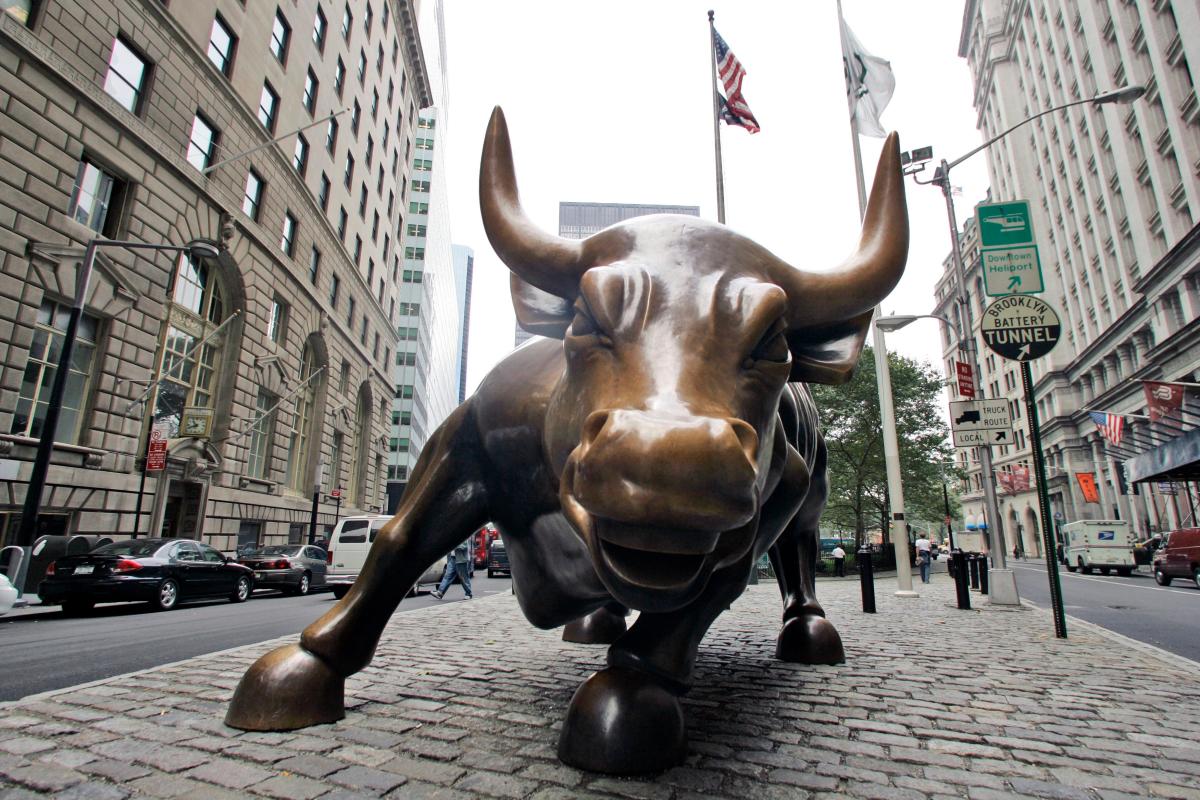News this week that inflation eased more than expected in October solidified the view that the Federal Reserve is done with its most aggressive rate-hike campaign in four decades.
And that could be a boon for the stock market and your 401(k).
Over the last 10 rate hike cycles dating to 1974, the S&P 500 index rose an average 14.3% in the 12 months following the Fed’s final rate increase, according to an analysis by Ryan Detrick, chief market strategist at Carson Group.
By comparison, the index’s average return through 2022 is 7.5% over five years, 10.4% over 10 years, 7.5% over 30 years and 10% over the last century, according to NerdWallet.
The message?
Investors really like it when the central bank stops beating them over the head with rate hikes.
What happens when the Fed hikes rates?
Rate increases push up the cost of mortgages, car loans, credit card purchases and other loans, dampening economic activity and eating into corporate earnings, Detrick notes. They also make stocks a relatively less appealing investment than bonds, which entail less risk for a now rising yield.
The pain, of course, is ostensibly for a good cause – wrestling down inflation that could become entrenched and, at least according to the Fed, wreak even more damage.
Halting rate hikes does the reverse, brightening the economic outlook and making stocks more attractive than bonds. It also removes a big cloud of uncertainty from the market, says Adam Turnquist, chief technical strategist at LPL Financial.
Is the stock market recovering?
From the day the Fed began lifting rates in March 2022 through this past Monday, the S&P 500 has had some wild swings but ultimately arrived at a standstill at 4,411. Yet since the Labor Department released the favorable consumer price index report early Tuesday, the benchmark stock index has risen more than 100 points, or 2.3%.
“If July was the last hike, which we think it was, stocks historically do quite well a year after that final hike,” Detrick says.
LPL Financial’s Turnquist called it a “catalyst for the equity market.”
There are some caveats.
First, Fed officials have said they haven’t ruled out additional rate increases, even after the encouraging inflation report, though most economists have.
How does a rate pause affect the market?
And although the end of rate hikes fostered double-digit market gains in eight of the 10 rate hike cycles over the last half century, the S&P 500 suffered steep 12-month losses in two of those episodes. Halting rate increases in July 1981 couldn’t stave off a 16.4% market decline amid a brutal recession sparked by rates that were still in nosebleed territory at mire than 17%.
Similarly, lowering the curtain on rate increases in June 2000 couldn’t head off the dotcom recession of 2001.
“The (dotcom) bubble had burst, limiting the impact of a pause and subsequent rate cuts,” Turnquist says.
At the other end of the spectrum, in 1995, the Fed’s decision to end large rate increases and then trim rates likely helped crank out a 35% market return the year following the last hike. But so did a robust economy revved up by software-based productivity gains.
In other words, during most of the Fed’s previous decisions to stand pat, the agency was a “primary driver” of strong market gains, Turnquist says. But sometimes other forces were at play.
Such dynamics could affect stocks and your 401(k) in the months ahead.
What happens in an earnings recession?
In the third quarter, for example, S&P 500 companies appear to have emerged from a year-long earnings recession (marked by declining quarterly earnings), according to recent earnings reports. That could juice the market.
So could a continuation of recently strong productivity gains, further stoked by artificial intelligence, that would allow employers to raise wages without increasing prices, Detrick says.
Are stocks currently overpriced?
At the same time, stocks are relatively pricey at 18.6 times estimated earnings over the next 12 months, above the 10-year average of 17.6, according to Turnquist and FactSet. That puts more of an onus on the economy and earnings to perform well, Turnquist says. If the U.S. is hit by a moderate or severe recession, that may batter the market regardless of what the Fed does or doesn’t do.
Another thing to keep in mind: The solid market gains following Fed decisions to halt rate increases may also have been bolstered by subsequent rate cuts. In December 2018, the Fed increased interest rates for the last time, contributing to market gains of 11.7% and 17.7% over the following three and six months, respectively.
Sandwich stresses What is the ‘sandwich generation’? Many adults struggle with caregiving, bills and work
But in August 2019, Fed officials started cutting rates, helping boost S&P returns to 27.9% for the 12 months after the last hike.
In the medium term, a Fed that stays on the sidelines could continue to boost stocks. But investors are looking for rate cuts by May or possibly even earlier, according to futures markets.
If the Fed pushes back against that narrative and continues to espouse a “higher for longer” mantra, “Stocks could pull back and give up some of this recovery,” Turnquist says.
This article originally appeared on USA TODAY: The Fed may be done with rate hikes. That could spark your 401(k)





